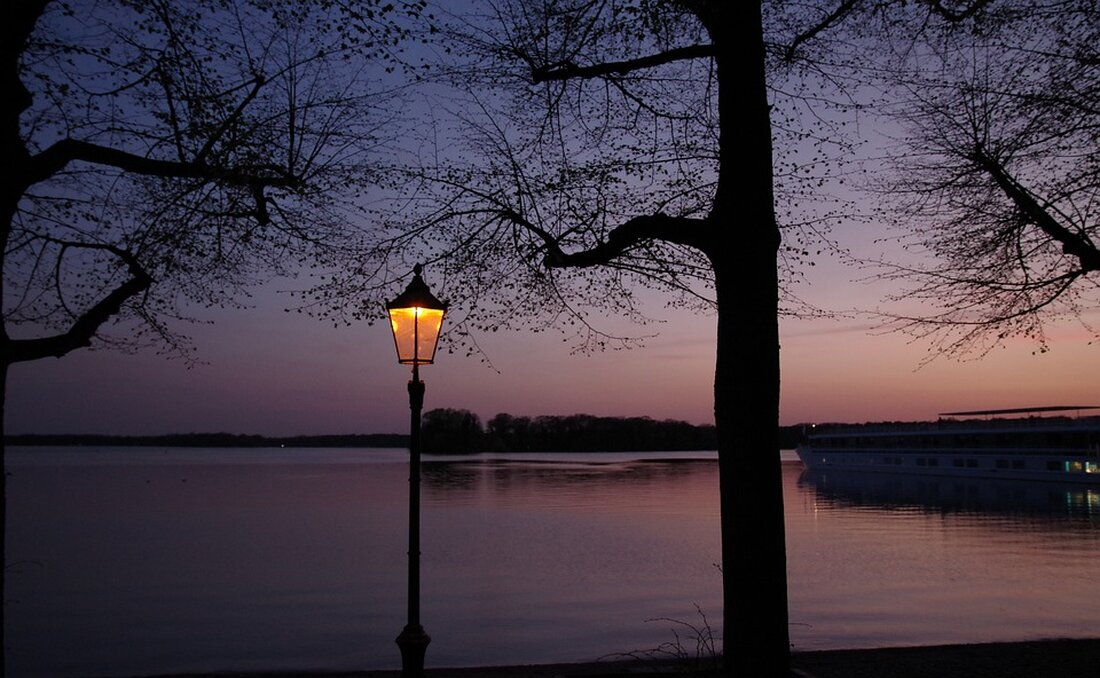Tegel in change: 800 new apartments and an innovation park planned
Tegel in change: 800 new apartments and an innovation park planned
The Berlin Senate plans to take a decisive step in urban development on Tuesday: a first development plan for the Kurt-Schumacher residential area in Tegel. Around 800 apartments that are part of a more comprehensive project are planned here, which provides for a total of at least 5,000 apartments on the site of the former Tegel airport.
An essential aspect of this project is the focus on affordable living space, whereby at least half of the planned units are to be identified as cheap apartments. The first tenants could move into their new apartments as early as 2028 or 2029, but first the parliament must agree to the development plan.
built on the site of the former airport
Christian Gaebler, the Bauseer of Berlin (SPD), was optimistic that the first construction work can begin in 2026. This would represent the start of a lengthy process that could significantly influence the redesign of the former airport site.
As early as June, the Senate passed a first draft for a development plan of a 13-hectare area that is dedicated to the future industrial and research park Urban Tech Republic (UTR). In this innovative environment, up to 1,000 companies, start-ups and scientific institutions should find a home, including a university campus. Gaebler confidently commented that the first companies will move into the new premises in 2027 or 2028.
An important part of the development plan is to convert existing airport buildings, which could convey a more economical handling of resources. At the same time, there are still several thousand refugees on the airport site. According to the current status, these accommodations should be used by the end of 2025.
strategies for future urban development
The Senate not only focused on living space, but also on economic issues. In the urban development plans that range from 2040, the aim is to prevent the falling number of commercial bodies in Berlin. The city has lost around 100 hectares of commercial space since 2018, which makes up for about two percent of the total commercial space.
In addition, new city quarters are intended, such as the city entrance west on the site between the S-Bahn station Grunewald and Halensee and the former Cité Pasteur in Tegel Nord. These new developments are part of an urban vision that aims to create both living space and economic infrastructure in a growing cityOverall, the current plans of the Senate reflect a significant direction in the urban development of Berlin by bringing the need for apartments and commercial space in line with the social requirements of the population.
- Nag


Kommentare (0)